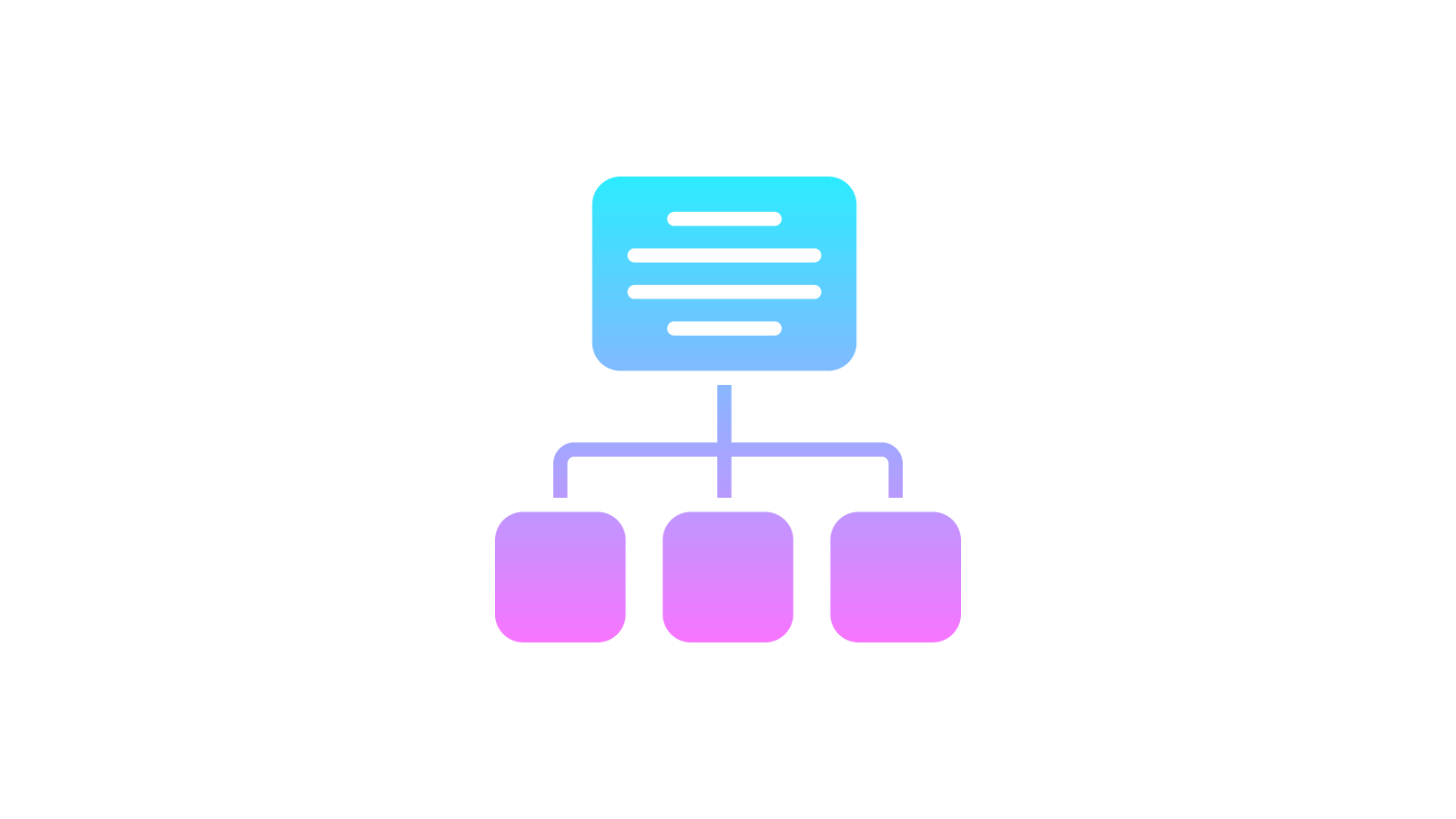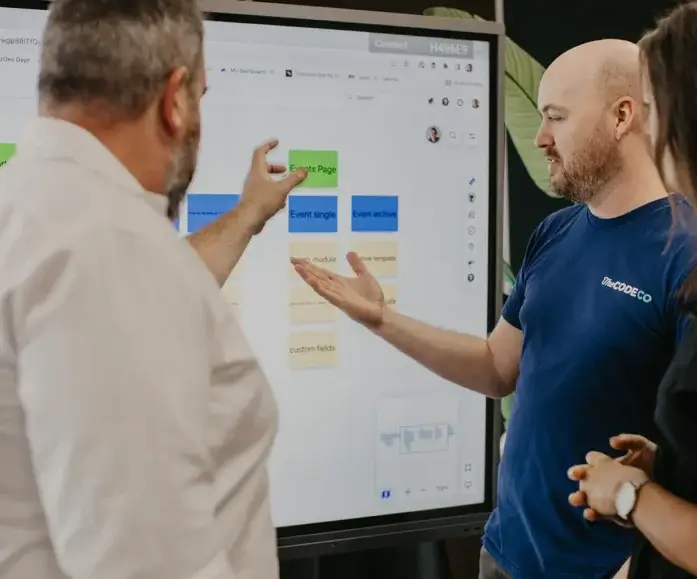
Juggling multiple websites? Why WordPress Multisite might be your best option
One of the most common ways digital publishers choose to expand their business is to build out a network of sites. Whether you’re acquiring a new site or launching an entirely new brand, creating a network of related sites is a great way to scale your existing infrastructure and attract a wider range of advertisers and other revenue opportunities.
WordPress comes with a feature that allows publishers to do just that, called Multisite. WordPress Multisite allows you to manage multiple websites from a single WordPress installation. In the industry we call this a multi-tenancy architecture.
Sites on a Multisite network share the same servers and all have access to the same installed plugins and themes — they just have to be enabled and configured for each site. Each site manages its own settings independently of one another, same with all of the content, which can be shared between sites using the Distributor plugin.
The benefits of WordPress Multisite
Consolidating your server infrastructure and the codebase using Multisite can have huge benefits for the long term operation of your business, including:
Reduced operating costs
Economies of scale means multisite networks can significantly reduce the cost of operating your server infrastructure. You will need a higher capacity infrastructure than if you were running a single site, but it will also cost significantly less than running several completely separate stacks. The costs of shared infrastructure do not scale linearly.
A simplified workflow
Having a single codebase reduces the workload when managing site changes. You only need to make changes once and they are applied to all sites on the network. An example of when this is particularly beneficial is with routine maintenance. WordPress and any installed plugins need to be updated regularly, typically on a monthly basis. On a multisite, you only need to do this once and you can roll out updates to all of the sites on the network. This also applies to any ongoing bespoke work – if you build out a new feature, you can easily roll it out to all your sites.
Easy expansion into new business verticals
Rolling out a new publication is easy when working on a multisite. You can easily create a new site on the network, set up the new domain and it is up and running, ready to go. It is that easy. The Code Company did this recently for a client who wanted to roll out a new publication targeting the gaming niche. We leveraged their existing codebase to get us most of the required functionality. By extending their existing theme and utilising existing memberships functionality, we created a new site much faster than if we had to do it in an entirely new and separate build.
Shared content
Something that is very beneficial for the publishing industry is the ability to share content between sites on a network. The distributor plugin automates this, syndicating content correctly across sites with the right SEO meta data. You can of course do this manually but this greatly simplifies managing syndicated content.
Centralized editorial management
Depending on your org chart, you may still have all editorial content across sites being managed by a single editor or team. Multisite means editorial staff can manage content across sites from a single CMS, without having to log into different places.
How to mitigate the risks of WordPress Multisite
Having shared infrastructure also comes with risks — essentially that previously isolated incidents or bugs affecting one site can now affect your entire network.
For example, larger server capacity can be beneficial when one or more of your sites is experiencing abnormally heavy traffic that it would otherwise have been unable to handle on its own smaller server. However, if that server was to become overloaded, all of your sites (even the ones experiencing light traffic) would be affected.
This is why all of the infrastructure plans The Code Company recommend are high availability with scaling options. In case of an emergency, infrastructure can be scaled up to handle the increase in peak load.
Other potential issues revolve around having a shared codebase, and being mindful that anything you update within the codebase is applied to all sites on the network. When you do want to make changes to just one site, you’ll need the proper processes in place to avoid an unintended network-wide change.
It’s for this reason, we have strict workflow standards to minimise the likelihood of something going wrong and to quickly identify and resolve any issues if and when they do arise.
How The Code Company has used Multisite
One notable example of where we have leveraged multisite is with Pedestrian Group. Five of its sites (Pedestrian.tv, Gizmodo Australia, Kotaku Australia, Lifehacker Australia, and Business Insider Australia) are all housed in a unified Multisite stack. An infrastructure decision that has reduced cost and complexity significantly for the business.
Features that we’ve seamlessly rolled out across the entire Pedestrian Group portfolio using WordPress Multisite include custom ad tech, custom video player management, and frontend themes. The syndication engine meant stories could be shared easily between sites.
This all took a fraction of the development work it would have taken had each site required a tailored solution.
As you can see, WordPress Multisite is a great option when juggling several websites or if you want to expand into new verticals.
Drop us a line to discover how a move to WordPress Multisite can help your publishing business to grow.

